Two difficult words to stomach during your first week(s) as an intern are- Interobserver Reliability (IoR). This is the metric that we use to assess the degree to which different observers give consistent estimates of the same event. For each of our studies, we require a score of 90% before you can move on to collecting observations on your own. The good news is that everyone has passed. Today marks the first day that they will venture off on their own to collect the Stereotypic and Maternal Care data. As this is about the time (8-10 days) it takes to reach (IoR), everyone is progressing as expected.
- Summer 2016 Interns & the Signature PDXWildlife iPad
- Uploading iPad Logs
- Zachary David Collecting Data on An An
- First Day learning the App
To get everyone up to speed, you start out by collecting an “easy” session. This is usually on a non-stereotypic bear, viewed from the observation platforms at the breeding center. We will call out each behavior as it happens in real-time. With everyone frantically punching keys on their iPads, they begin to develop a muscle memory to where every button is, but more importantly they begin to learn the behaviors. After a few days of this, we open the session to questions but keep collecting data as if everyone is able to do so on their own. By the end of the week we begin testing for IoR. Just like an exam in college, everyone is graded and critiqued on how to improve and bring their scores up to 90%. A typical progression goes as follows:
- 40-50% by day 2
- 50-60% by day 4
- 60-70% by day 6
- 70-80% by day 8
- 80-90% by day 10
We hone in on everyone’s skills in the final days of our trip by letting everyone venture out on their own. This allows additional questions to surface and to experience some of the intricacies of getting to know the keepers. We are constantly being thrown curve balls as bears are moved around or we encounter a new keeper. But, science is funny in this regard and a large sample size is the best defense. Which is why Bifengxia is our base of operations with so many pandas.
We collect our data on iPads using an application called Animal Behaviour Pro, developed by Nicholas Newton-Fischer. If you are ever at Bifengxia, PDXWildlife personnel are easy to pick out as we always have an iPad strapped to our chest. The application is programmable and each data session can be exported into a .csv or excel-like file. This data is sent back PDXWildlife in Portland, Oregon on a daily basis. You might have seen pictures of Meghan or myself sitting at a table staring at our computers- When we aren’t in China, we are dedicated, pajama wearing data jockey’s.
 Hi, I’m Nathan- If you have any questions about our research, I highly recommend that you try and coordinate a visit to Bifengxia when either Meghan or myself are here. As we make about six trips a year, there are plenty of chances. Thanks for reading.
Hi, I’m Nathan- If you have any questions about our research, I highly recommend that you try and coordinate a visit to Bifengxia when either Meghan or myself are here. As we make about six trips a year, there are plenty of chances. Thanks for reading.

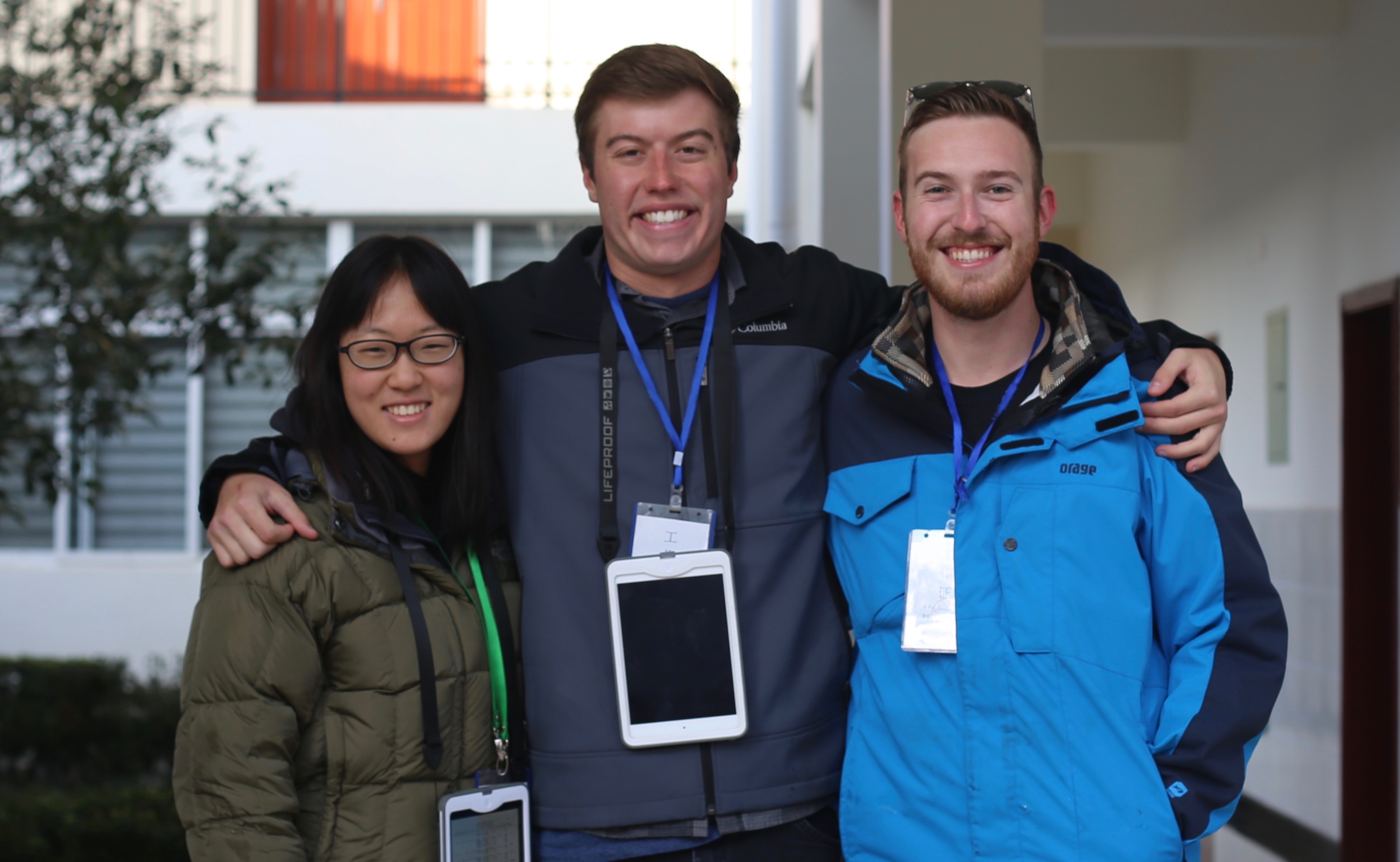
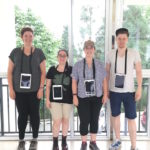
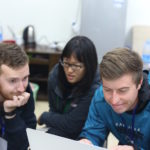
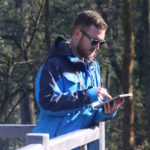
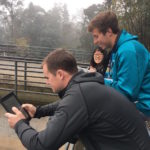
Really interesting post that helps me to understand the process and that you are in fact collecting data in a methodical way. Reading about panda personalities or intern favorites is fun but since you are a research organization, I a bit more about your studies is appropriate. Thanks Nathan. I hope to get to Bfx after the road project is complete.
Hello,
We try to keep things casual as this seems to be the best way to inform everyone. Meghan and I could both be considered as super geeky, as we both appreciate valuable statistics and extremely well written methods and materials. With that said, if you ever have a specific question in regards to our research, feel free to ask. If it’s a lengthy question, don’t hesitate to email me. nate@pdxwildlife.com
Thanks for commenting-